Having just driven the electric BMW iX1 xDrive30, we were straight into another from the propeller brand, this time the 225e xDrive Active Tourer. It’s a PHEV compared with the iX1 which is a pure EV.
We had a look online at BMW’s website and were surprised to find a new X2 line-up coming soon and an all-new iX2 EV.
The next BMW X2 is longer by almost 200mm and a touch wider as well, for improved passenger and luggage space. Plus it has a cool windswept coupe look.
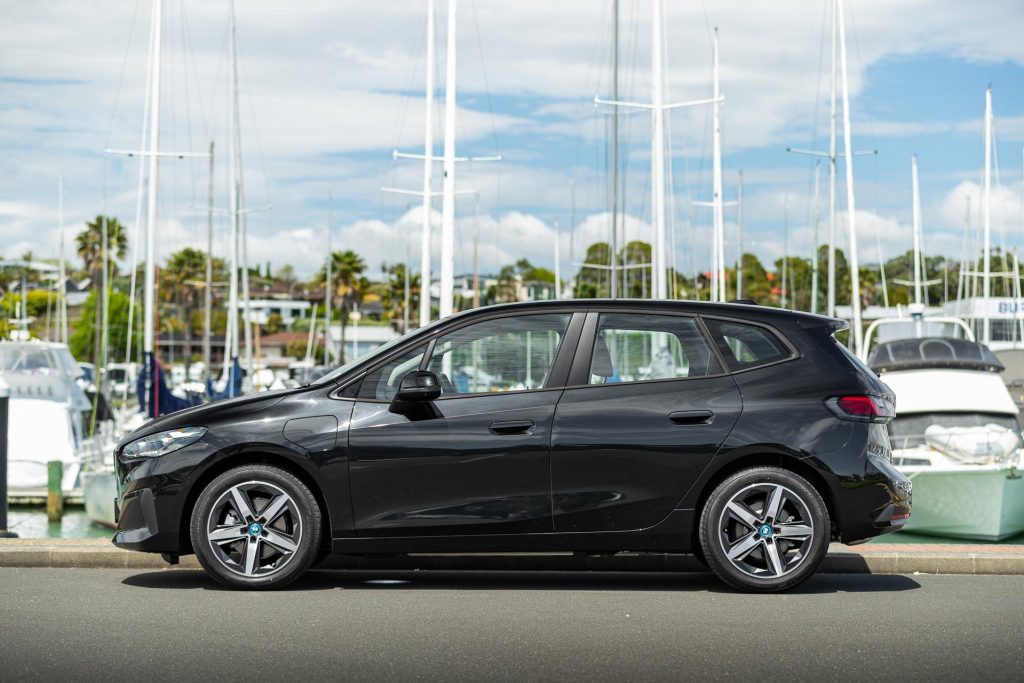
Why are we in this now then? The PHEV powertrain only launched overseas last year and now it’s here, the delay in part due to chip shortages and the pandemic.
PHEVs make plenty of sense when run on electricity alone whenever possible. Think of these as short-range EVs, great for town work. This particular family-friendly vehicle has a range of up to 80km thanks to its 14kWh (usable) battery pack.
So many will be able to scoot about for a day or two before having to plug in again. With a wall charger you can be back up and running within three hours. An emergency/three-pin charger will rezip the battery overnight.
This has a relatively lightweight battery pack, meaning the overall kerb weight is kept down to 1920kg which is heavier by around 220kg than the closest petrol derivative, the X2 M35i.
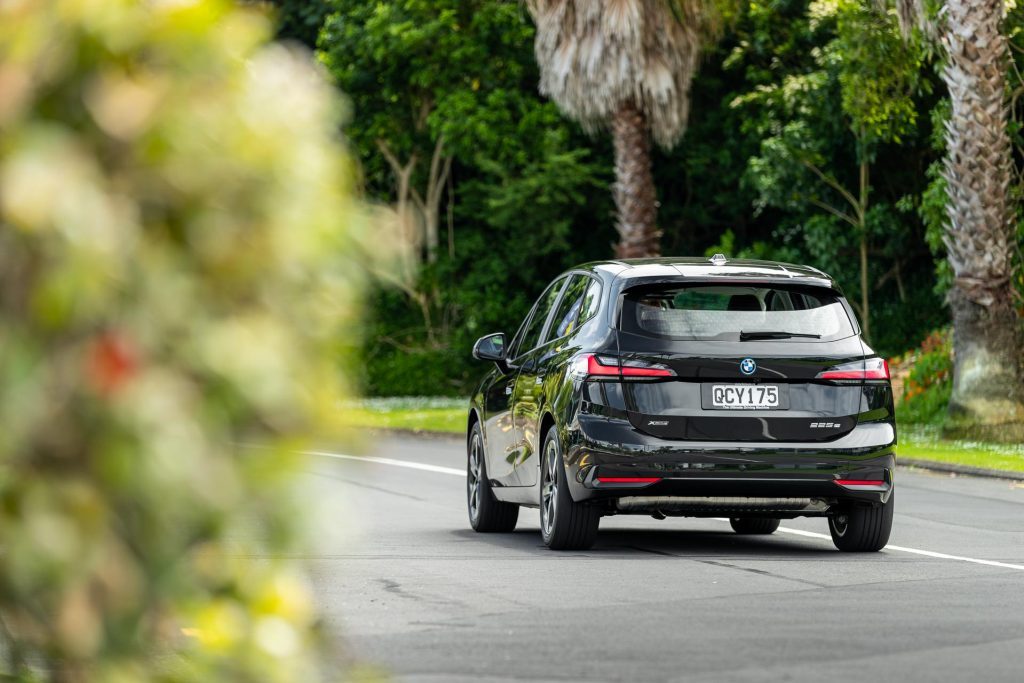
That model has similar torque to the PHEV but another 50kW so is quicker. But its combined fuel use figure is 7.5L/100km whereas the PHEV is 1.2L/100km, at least on the official test cycle that is.
Easing out of the iX1 EV and into this PHEV, there’s an awful lot of commonality, but not quite the spec level because this costs roughly $20k less, at $78,500. If you get in quick, there’s still a rebate of $4025 on offer.
For this, you get a 1.5 turbopetrol, a three-cylinder engine generating 100kW and 230Nm from 1500rpm. Its electric companion makes 80kW of peak power and 247Nm of torque, so it gets by just fine on volts alone, with more than enough pep in its step in town.
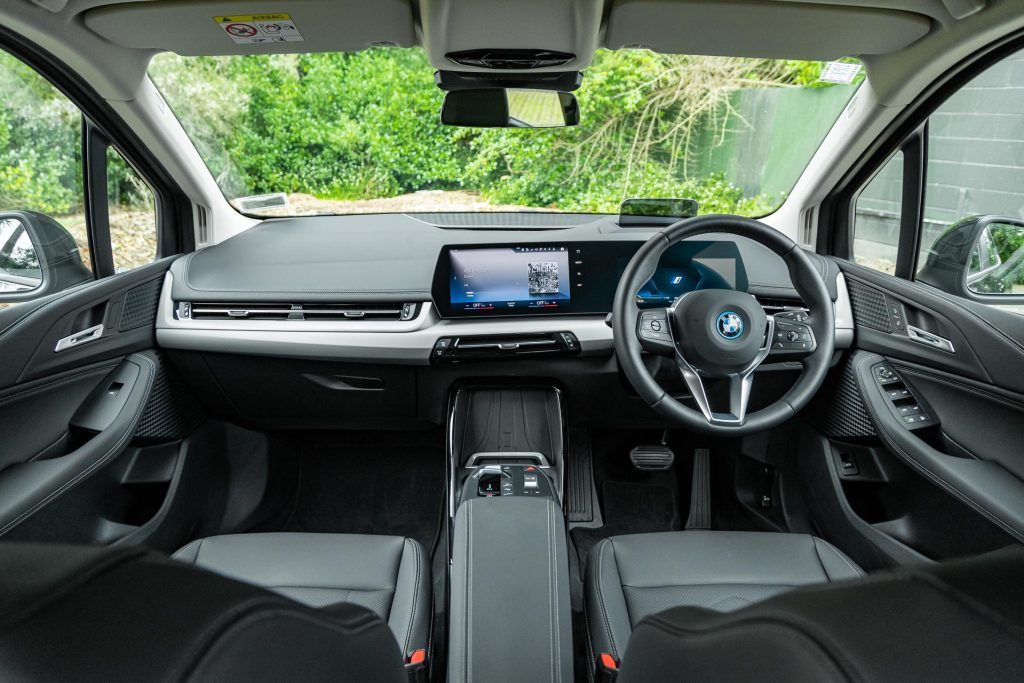
Mean energy use is in the 18-20kWh/100km area. The overall system output is 180kW and a healthy 477Nm, sufficient to fire it to 100 from standstill in a claimed seven seconds.
This is pretty well equipped too with adaptive LED headlights, dual-zone AC, a powered tailgate under gesture control (kick to open), a head-up display, smart key entry, self parking, powered and heated front seats with driver’s memory, and metallic paint.
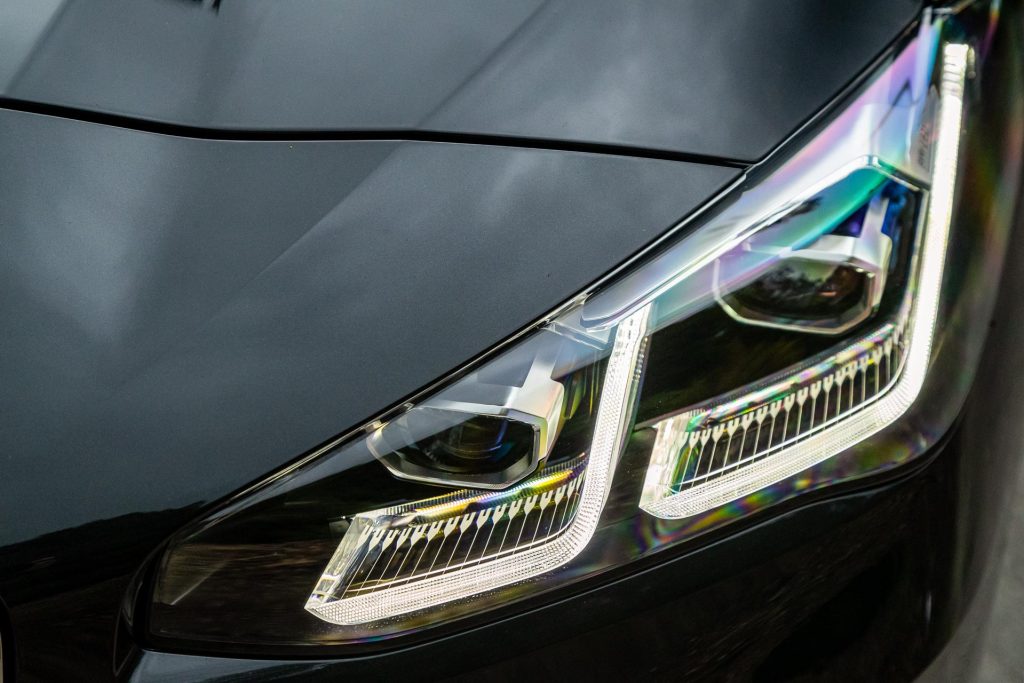
There’s also ‘iconic’ electric sounds which is switchable, configurable instruments, a multifunction sports wheel, wireless charging with an upright holder so you’re less likely to lose your phone in a dim recess, and BMW’s Driving Assistant Plus which not only manages distance and speed from the vehicle in front of you but also lane keeping.
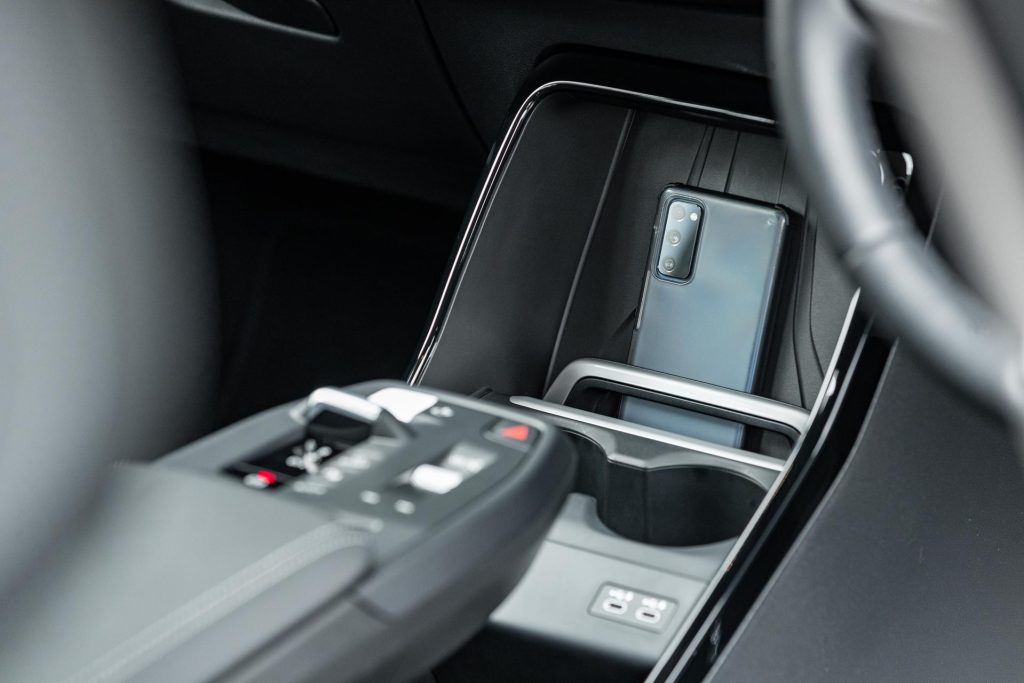
In normal driving the system can recoup battery energy by slowing for vehicles in front of you that it senses using the adaptive cruise hardware.
Okay, so it’s not the full zero-emissions deal that the iX1 is but at pick up it had 800km of range, roughly double what the EV can do. Plus there’s the 80-odd km of EVing that can easily be rinsed and repeated.
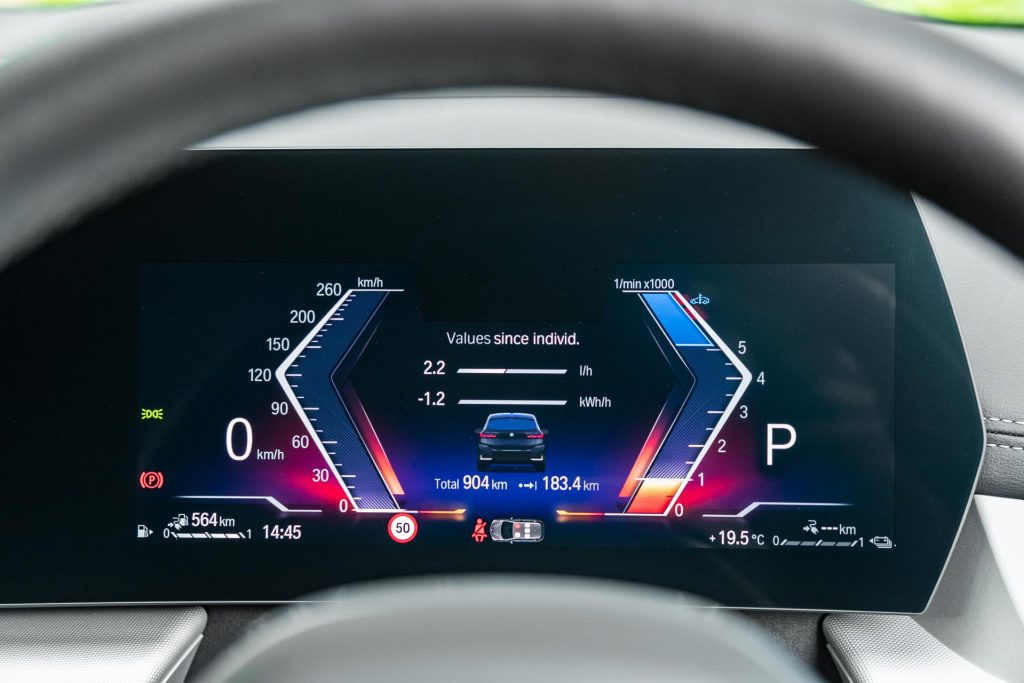
We drove it both in and out of town, with electric power only in the burbs, and rurally with the ‘battery hold’ mechanism on. And by doing that the fuel use figures are surprising.
We did 420km in this, and there was still over two-thirds of a tank remaining when we handed it back. No, truly.
Not that running it is especially easy. For battery hold, there’s a shortcut button, just as there’s one for climate controls.
Makes you wonder why they don’t just simplify the distracting screen by having a row of shortcut buttons for items of primary importance.
Want to turn on seat heaters? Go to main screen, then apps, then seat comfort. Or you can just go to the climate control shortcut button. Think we could turn them on though?
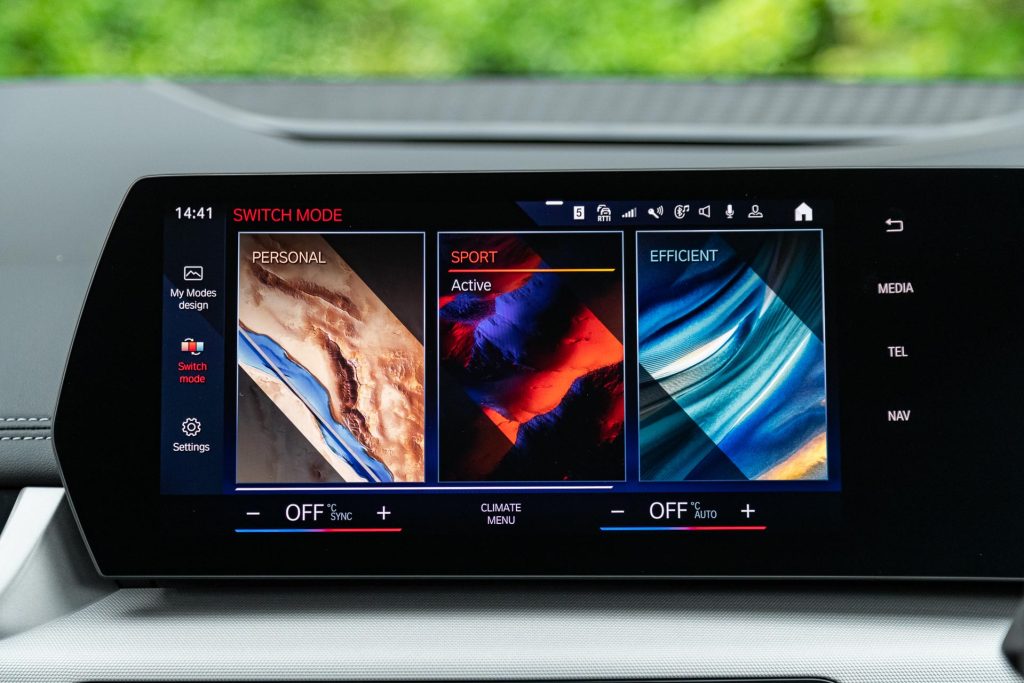
An automatic climate control button had been activated. Switch this off and then you can change seat heat settings. But why not just have a button on the door like Mercedes does? It’s so much simpler.
Guess it’s because in some markets, BMW charges for a heated seat via a subscription service. There’s no iDrive main controller in the 225e AT either, not that that really simplifies things.
Shortcut buttons suggest there’s a complexity problem.
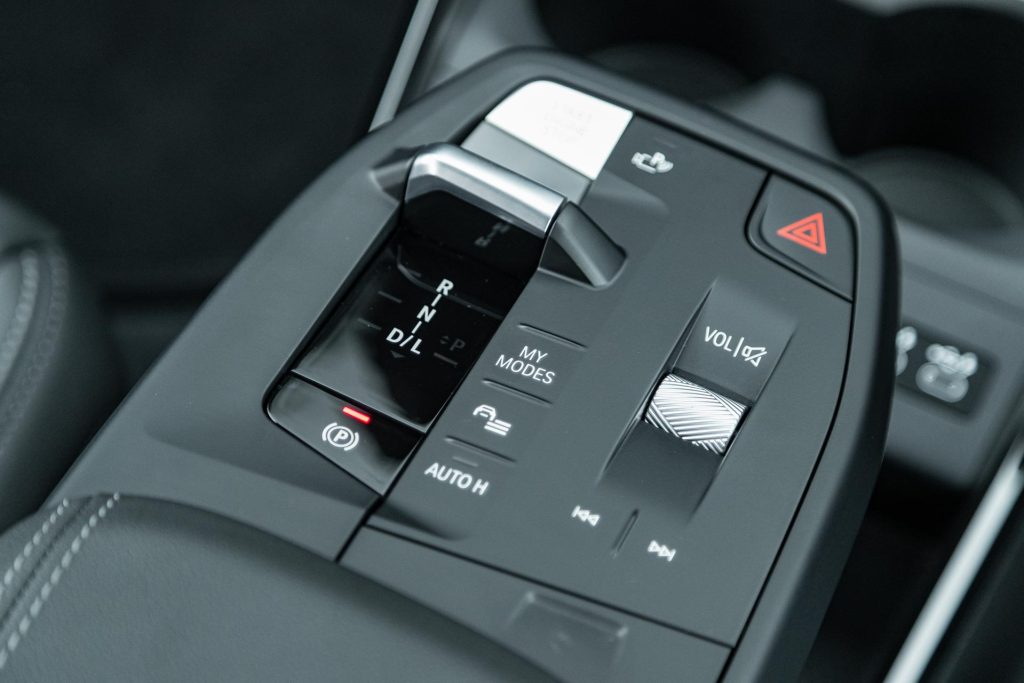
On controllers, there are no paddles for regen but touchscreen settings for low, high or adaptive. We stuck with the latter which works fine.
There is no mode for recharging the battery using the engine, which is as it should be.
Drive modes are simple to change on this, not that you need to much. We chose Personal (Normal), and Sport for running the numbers, the claims for which seem to be rather conservative.
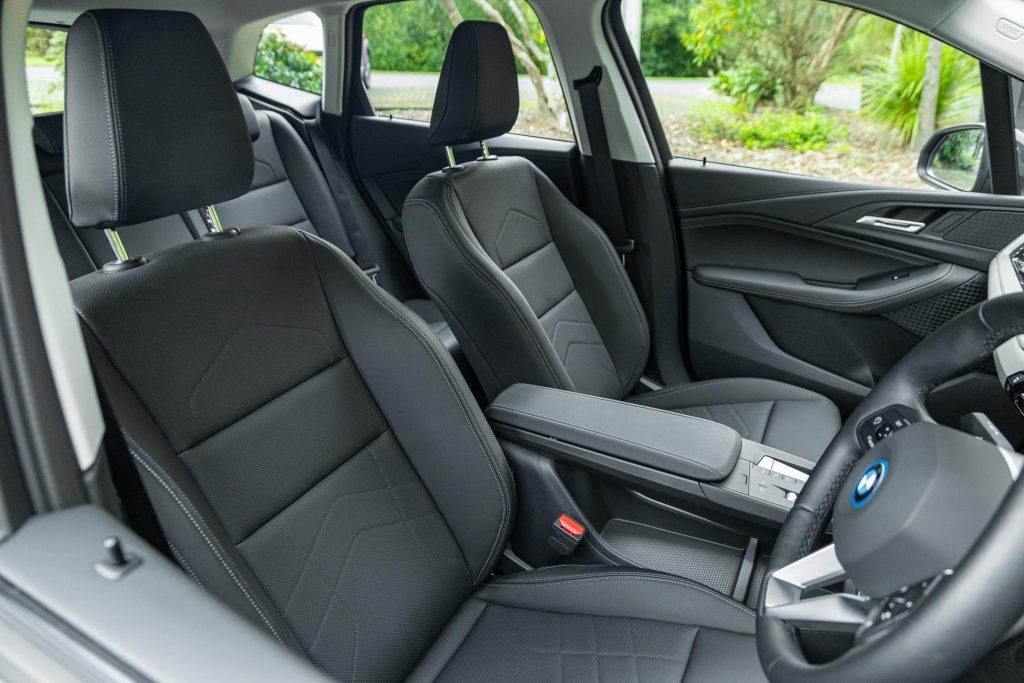
BMW reckons on a 0-100 time of seven seconds but we managed a hair over six seconds, with an overtake in the late threes. It’s pretty quick then.
In town the 250Nm of electric propulsion are sufficient, though the engine chimes in if you push a bit harder on the gas pedal.
And in ‘battery save’ mode the 1.5T engine pulls well from low revs with little lag. This really does get up and romp when you ask a question of it, more than you might expect given its laid back hatch/MPV-ish outline.
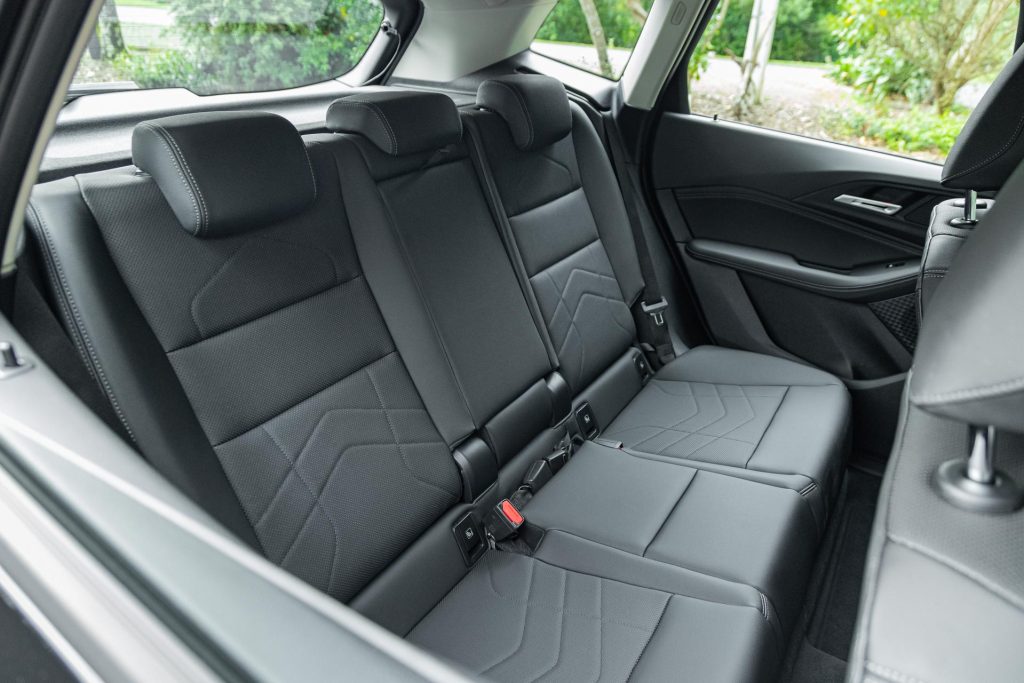
The ride and handling might surprise too; okay, so it’s not a low-slung ultimate driving machine like some BMWs but nor is it without merit in the bends, especially considering its well chosen suspension settings.
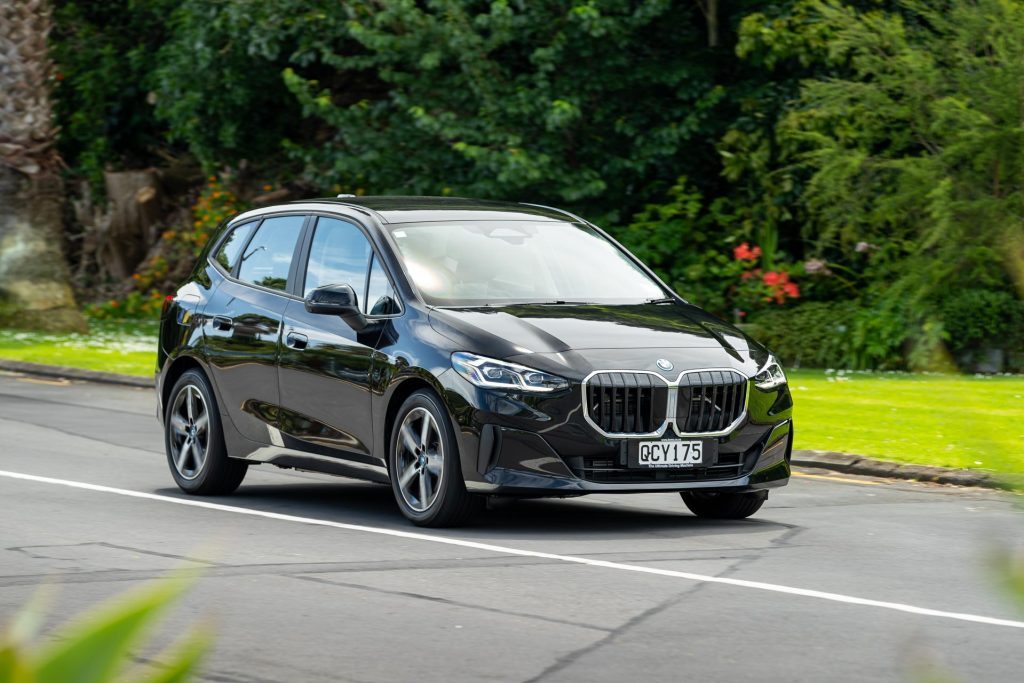
The ride is really rather accommodating, apart from annoying tyre harmonics on our chip seal surfaces. Cabin SPLs were noticeably louder in this compared with the iX1, averaging 75dB whereas the pure electric vehicle never cracked 70.
Oddly enough this was running Bridgestone Turanzas, generally known for their hush qualities. Mind you, there was a fair swag of it, running 245/45R19 treads.
No real surprise that it traces a chosen line well, right up to the point that the tyres eventually squeal their intention to give up and go home. But it does turn with unexpected enthusiasm despite the 2.8 turns between the stops.
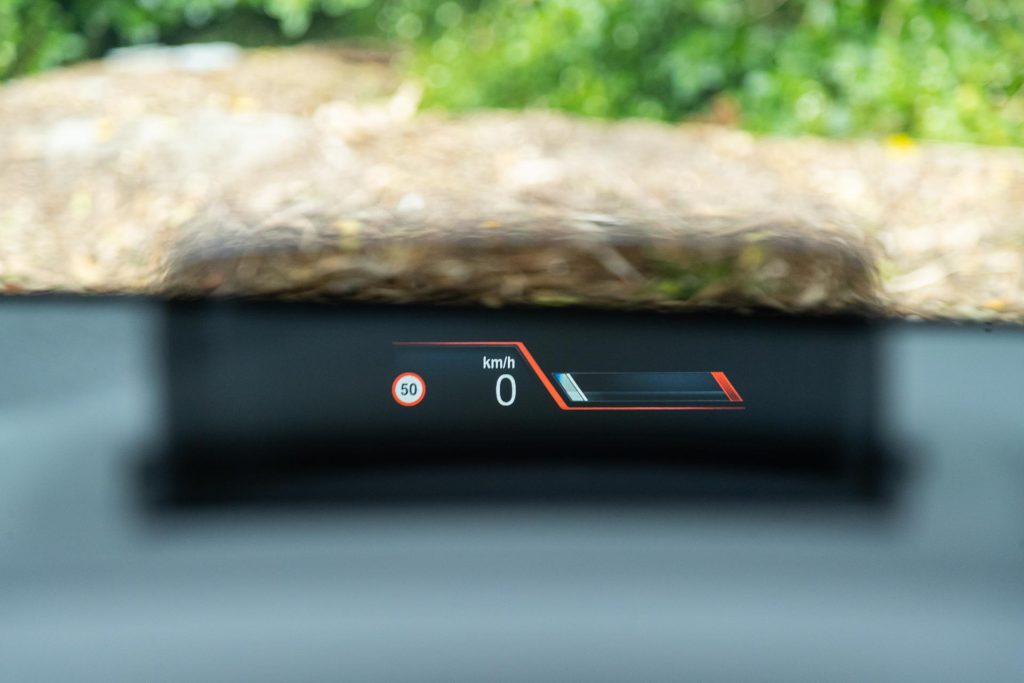
We just wish it was a bit quieter going about its business.
Practically speaking, this is pretty roomy for something that’s only 4354mm long. Room in the rear is plentiful and there’s 406L of boot space in behind.
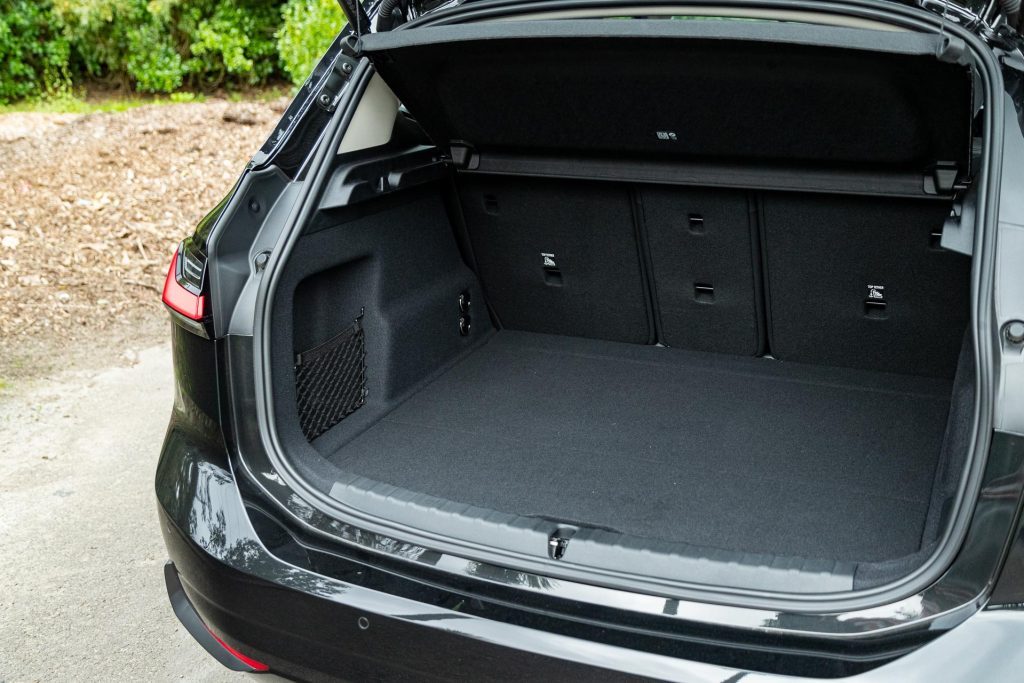
Only expanding it to 1370L isn’t that easy; you pull on silly little cords accessed low in the back seats. And returning them to the upright is even fiddlier.
It always surprises just how economical PHEVs can be when charged often. Just ensure you have easy access to plug-in services before opting for one.
| Model | BMW 225e xDrive Active Tourer |
| Price | $78,500 |
| Engine | 1499cc, IL3, T, DI |
| Power | 100kW @ 4400rpm |
| Torque | 230Nm @ 1500-4000rpm |
| Total Hybrid Output | 180kW / 477Nm |
| Drivetrain | 7-speed twin-clutch, AWD |
| Turning circle | 11.4m (2.8 turns) |
| Fuel Use | 1.2L/100km |
| C02 Output | 24g/km |
| 0-100km/h | 6.05 sec |
| Tyre Size | f/r-245/45/R19 |
| Fuel Capacity | 47L |
| Stability systems | ABS, ESP |
| Safety | AEB, ACC, BSM, LDW, RCTA, ALK, AHB |
| Luggage Capacity | 406-1370L |
| Tow rating | 750kg (1400kg braked) |
| Service intervals | Condition based |
| Warranty | 5 years/100,000km |
| ANCAP rating | Not yet rated |
| Weight | 1920kg (claimed) |
This article first appeared in the December/January issue of NZ Autocar Magazine.


